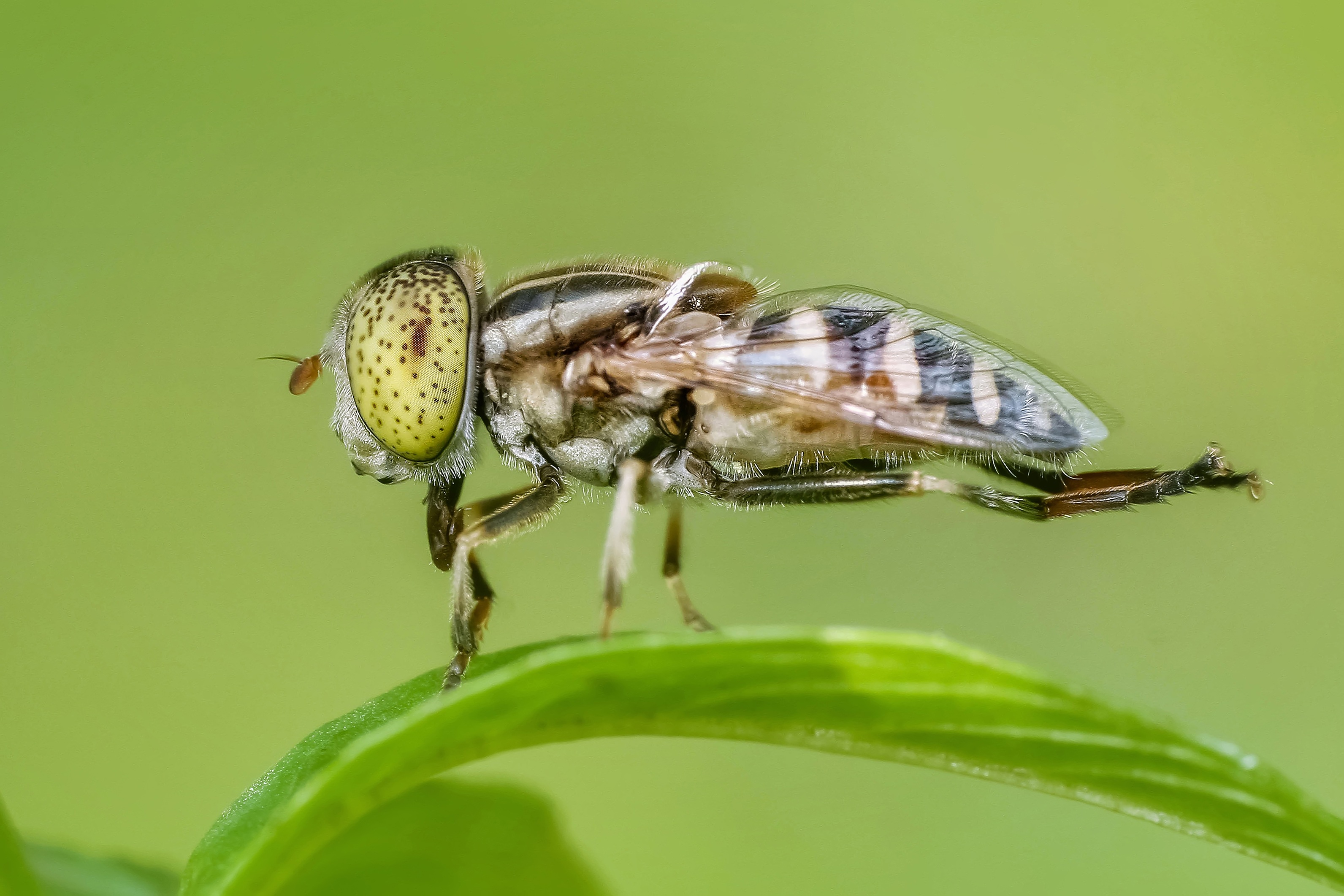In this series of articles, Growers Network talks about a few of the most common Cannabis pests you need to look out for. Today’s topic: Fungus Gnats.

Garden pests are a pain and Cannabis certainly has no shortage of pests. So for today’s pest profile we’re going to discuss fungus gnats, a common pest you may find yourself dealing with in a cannabis grow.
Fungus Gnats

What are they?
Fungus gnats are tiny (3-5mm) members of the insect order Diptera (the flies) which lay their eggs in soil and whose larvae feed on decomposing plant and root material. Fungus gnats prefer dark conditions and thrive in high humidity, making indoor and hydroponic grow operations particularly susceptible. However, moist soil is also a draw for these pests. In addition to direct damage caused by the larvae, a fungus gnat infestation can also increase the odds of a fungal or viral infection since these gnats also carry diseases with them.
What to Look For
Due to their small size and the fact that most of the damage occurs beneath the soil, an outbreak of fungus gnats can be hard to detect, depending on your media. Generally, you need to be vigilant in your monitoring and watering schedule. A major sign of infestation is slowed plant growth due to the destruction of root material. Additionally, fungal infections may be a sign of fungus gnat infestation. If soil or media never seems to dry out, you may be at increased risk of fungus gnats as well.
How to Treat/Prevent
If you want to prevent fungus gnats, there are a number of products available, but the best thing you can do is avoid overwatering your plants and control the humidity. By keeping the top layer of the soil dry, you will prevent the adult fungus gnats from laying their eggs. Another option is laying down a layer of mulch to prevent the fungus gnat females from laying their eggs in the soil. There are also biological controls available in the form of predatory mites and nematodes that will eat the gnat larvae while leaving the plant in peace.
Now you’re full of fungus gnat facts! Make sure to check out the rest of the articles in our Pest Profile series.
Happy Growing!
10 Best Gift Ideas for Cannabis Connoisseurs and Growing Aficionados (2022)
December 7, 2022Developing and Optimizing a Cannabis Cultivation System
December 14, 2021Dealing with Insomnia: How Can CBD Help?
December 10, 2020Your Guide to Sleep and CBD
December 7, 2020
Do you want to receive the next Grower's Spotlight as soon as it's available? Sign up below!

Do you have any questions or comments?

About the Author
Chris DeWildt is a graduate of Grand Valley State University and Western Kentucky University. He worked in education and publishing for ten years before joining the team at Growers Network.